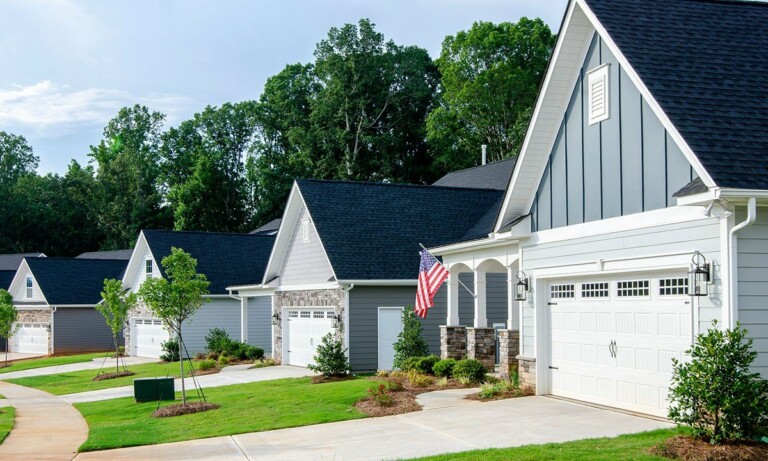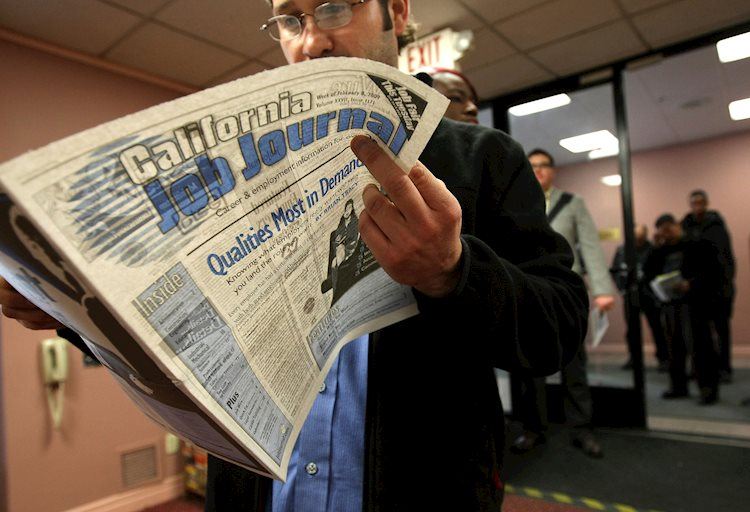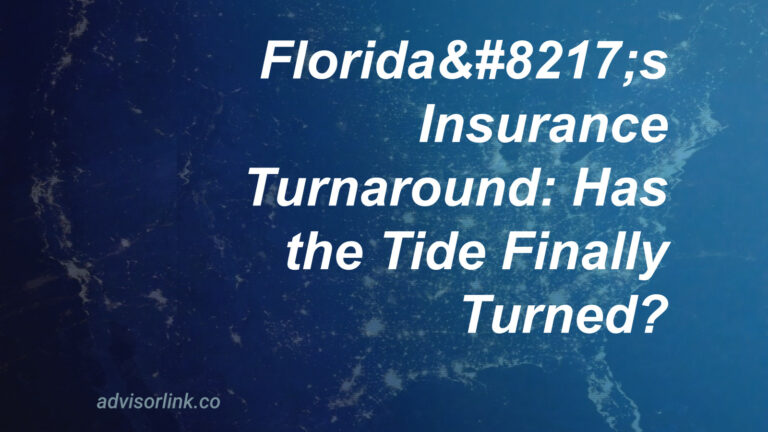American Homeowners Face Sticker Shock: The Rising Tide of Insurance Costs
# American Homeowners Face Sticker Shock: The Rising Tide of Insurance Costs
Insurance costs across America are climbing higher than a Texas thermometer in August, and the outlook for 2025 appears even hotter. According to new data from Insurify, the average American homeowner will pay $261 more next year—an 8% increase that follows an already substantial 20% rise over the past two years.
The culprit? Mother Nature herself, along with economic forces that have converged like storm fronts over the plains.
## Are All States Created Equal in This Insurance Storm?
Is Louisiana bearing the brunt of this financial hurricane? Indeed it is. The Pelican State tops the charts with an expected 27% premium increase, directly tied to the devastating hurricane seasons that have battered its coastline.
California homeowners aren’t faring much better, with premiums set to jump 21% as wildfires continue to ravage the Golden State’s forests and neighborhoods alike.
Even traditionally ‘safe’ states like Iowa and Minnesota are feeling the heat, with projected increases of 15% due to intensifying wind and hail events.
As I’ve witnessed across decades of reporting, these numbers aren’t just statistics—they represent kitchen table conversations happening in homes across America, where families are calculating what portion of their monthly budget must now go toward protecting their most valuable asset.
## What’s Fueling This Financial Firestorm?
Is this simply the insurance industry padding its pockets? The evidence suggests otherwise. The cold, hard facts point to three primary factors:
First, natural disasters have become more frequent and severe. The storms are stronger, the fires burn hotter, and the floods rise higher than in years past.
Second, when disaster strikes, rebuilding comes at a premium. Construction costs have soared due to supply chain disruptions and labor shortages that began during the pandemic and haven’t fully resolved.
Third, tariffs on building materials have added another layer of expense, making everything from lumber to steel more costly.
“This isn’t just about numbers on a page,” one insurance analyst told me. “It’s about the changing reality of American homeownership.”
## Can Middle-Class Families Still Afford the American Dream?
Is home ownership slipping beyond reach? That’s the question haunting many Americans as insurance costs climb alongside mortgage rates.
The combination has proven particularly potent in states like California and Florida, where the dream of homeownership already required deep pockets. Now, with insurance premiums climbing by double digits, potential buyers are pausing, and current homeowners are feeling the squeeze.
“We’ve never seen this kind of perfect storm before,” remarked a real estate economist who’s been watching the market for three decades.
In some high-risk counties, mortgage lenders have begun requiring larger down payments to offset the increased insurance burden, effectively raising the bar for entry into homeownership.
This isn’t just a coastal problem either. From the rolling hills of Kentucky to the plains of Nebraska, Americans are opening envelopes containing insurance bills that make their eyes widen and their wallets wince.
## What Stories Remain Untold?
Is there more to this story than meets the eye? You can bet your bottom dollar there is.
Across this vast nation, each state has its own unique challenges and responses. Some state legislatures are considering regulatory measures to cap premium increases, while others are exploring public-private partnerships to create catastrophe funds.
Meanwhile, the human impact deserves closer examination. Young families delaying homeownership, retirees on fixed incomes facing difficult choices about whether to maintain coverage, and middle-class homeowners cutting other expenses to make ends meet—these are the real stories behind the statistics.
The economic ripples extend beyond individual households, potentially affecting housing markets, construction activity, and even migration patterns as Americans factor insurance costs into decisions about where to live.
## How Can Homeowners Weather This Storm?
Is relief available for the average homeowner? While there’s no silver bullet, plenty of practical measures can help mitigate rising costs.
Homeowners can consider increasing deductibles, bundling policies, installing protective features like storm shutters or fire-resistant roofing, and shopping around among different carriers.
Some states offer mitigation programs that provide grants or tax incentives for home hardening measures. And at the federal level, FEMA provides resources to help communities and individuals prepare for disasters.
Though the costs may seem daunting, knowledge remains power. As one homeowner from Minnesota who managed to minimize his premium increase told me, “I did my homework, made some improvements to my property, and saved enough to offset most of the increase.”
This story, like so many in America, is still being written. But one thing remains clear as the Texas sky on a summer day: the landscape of homeownership is changing, and adapting to that change will require both personal action and policy innovation.
And that’s the way it is, as we look toward 2025.
Disclaimer: General Information & Accuracy
This blog provides general information and discussions about insurance and related subjects for informational purposes only. It is not intended as professional advice, including but not limited to financial, legal, or medical advice. We strive for accuracy, but laws, regulations, information, and best practices constantly evolve, and unintentional errors can occur. Therefore, we make no warranties about the completeness, accuracy, reliability, or suitability of the blog content. Always consult with a qualified professional for advice tailored to your specific situation. Any reliance you place on this information is strictly at your own risk.






